Metal surface treatment is the process of applying a specific physical, chemical or mechanical treatment to the surface of a metal material.
This is done to improve various aspects of the metal, such as corrosion resistance, mechanical properties, quality of appearance, or other specific performance requirements.
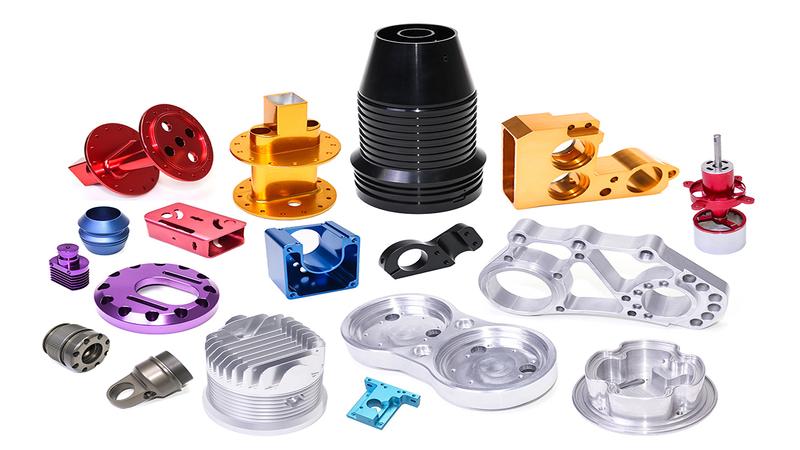
1. Anti-corrosion
2. Anti-corrosion treatment
3. Improvement of hardness and strength
4. Improvement of wear resistance
5. Improve heat resistance
6. Improve metal appearance
1. Improvement treatment: through physical and chemical methods, change the surface state of the substrate; the chemical composition of the substrate remains unchanged
2. Through physical methods, make the added material into the substrate, the formation of alloying layer.
3. Through chemical methods, make the added material and the substrate chemical reaction, the formation of transformation film.
4. Add a film on the surface of the substrate, the substrate does not participate in the formation of the film.
Electroplating is an electrochemical and redox process. Take nickel plating as an example: the metal parts will be immersed in a solution of metal salt (NiSO4) as the cathode, the metal nickel plate as the anode, connected to the DC power supply and then the parts will be deposited on the metal nickel plating layer.
Types of electroplating are:
1. Zinc plating: mainly used for corrosion prevention on steel parts, is the largest production of plating. Low cost, good corrosion resistance, storage, widely used in light industry, electromechanical, agricultural machinery and national defence.
2. Cadmium plating: cadmium plating on steel parts, in the marine, hot and humid atmospheric environment, its protective properties are better than galvanised, specially for aviation, marine and electronic industry parts protection.
3. Tin plating: tin corrosion products are harmless to human beings, and easy brazing, tin plating is widely used in food Yau Tau packaging products, drinking utensils, tableware and electronic industry, many need brazing parts.
4. Nickel plating: widely used, can be used to protect the decorative and functional aspects. The former is mainly used for electrical appliances, hardware, automobiles, etc.; the latter is used for the repair of easy-to-wear products.
5. Cuprum plating: Cuprum plating is often used as the intermediate layer of other plating to improve the surface plating and the bonding force of the base metal.
6. Chromium plating: Chromium plating layer has high hardness, excellent abrasion resistance and low coefficient of friction, used to protect the decorative plating, prevent rust and beautify the appearance.
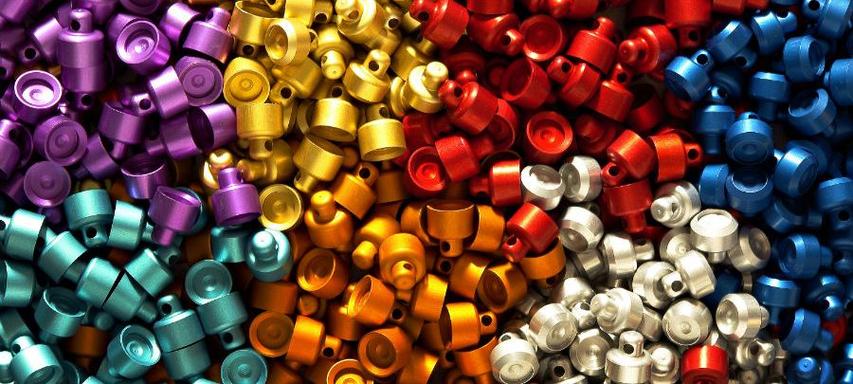
Polishing refers to the surface processing method via use of mechanical, chemical or electrochemical effects, so that the surface roughness of the workpiece is reduced to obtain a bright flat (can also be used to eliminate gloss). Currently a large number of applications in various industries, such as mobile phones and other consumer electronics, householdappliances, automobile and so on.
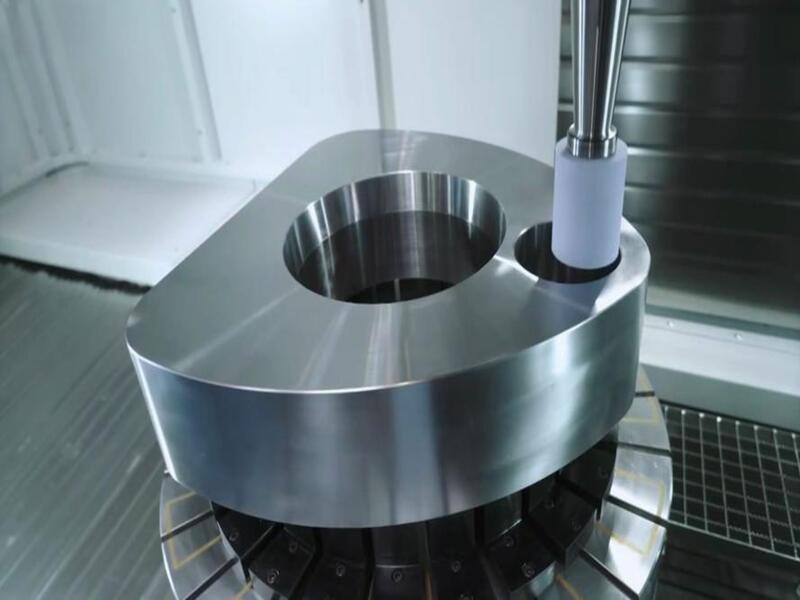
Drawing refers to the external force to make the metal forced through the mould, and the metal cross-sectional area is compressed, to obtain the required cross-sectional area shape and size of the surface treatment method called metal drawing process.
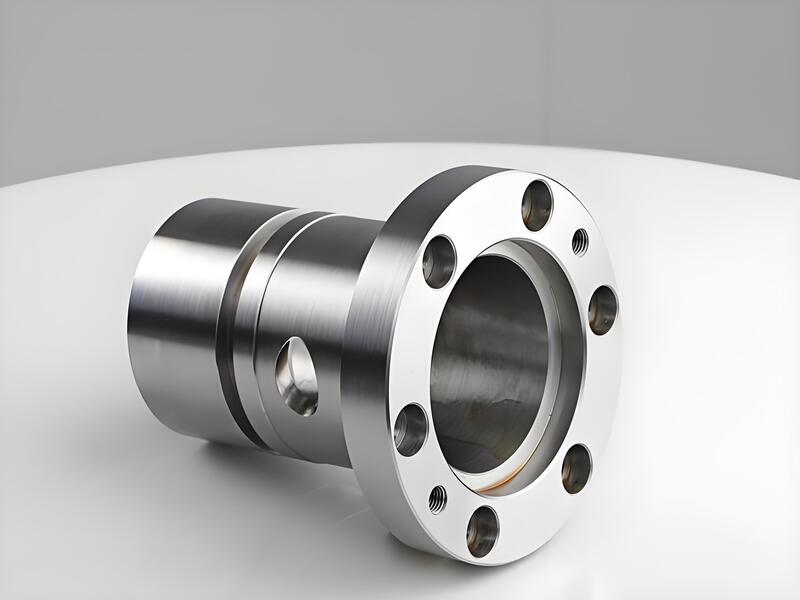
Using compressed air as the power, in order to form a high-speed jet beam to spray material (copper ore sand, quartz sand, diamond sand, iron sand, sea sand) to the surface of the required treatment workpiece at high speed, so that the appearance or shape of the workpiece surface changes. Abrasive impact on the surface of the workpiece and the cutting effect, make the surface of the workpiece get certain cleanliness and different roughness, improve the mechanical properties of the surface of the workpiece, so improve the fatigue resistance of the workpiece, increase the adhesion between it and coating, extend the durability of the coating, is also conducive to the flow of paint and decoration.
It mainly refers to the anodic oxidation of aluminium and aluminium alloy. Anodic oxidation is the aluminium or aluminium alloy parts immersed in acid electrolyte, under the action of the external current as the anode, on the surface of the parts, to form corrosion-resistant Al2O3 (aluminium oxide) film layer, combined firmly with the substrate. This layer of oxide film has protective, decorative, insulating, wear-resistant and other special characteristics.
Blackening: process in which steel or steel parts are heated to the proper temperature in air-water vapour or chemicals to form a blue or black oxide film on their surfaces. Also known as bluing.
Phosphating: workpiece (steel or aluminium, zinc pieces) immersed in phosphate solution (certain acid phosphate-based solution), deposited on the surface to form a layer of insoluble crystalline phosphate conversion film process, called phosphating.
Is the use of powder spraying equipment (electrostatic spraying machine) to spray powder coating to the surface of the workpiece, under the action of static electricity, the powder will be uniformly adsorbed on the surface of the workpiece to form a powder coating; powder coating after high-temperature baking levelling and curing into the different effects of the final coating.
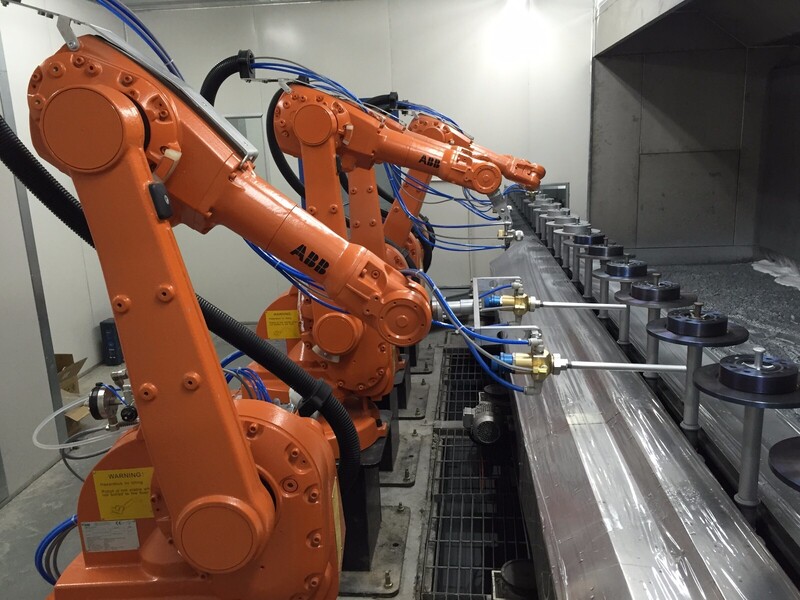
Metal electrophoresis is a commonly used to surface treatment technology for coating and anti-corrosion treatment of metal products. It deposits metal ions through electrophoresis to form a dense, uniform and strong adhesion coating, which improves the corrosion resistance and decorative properties of metal products.
a process of workpiece surface treatment. Using compressed air as the power, in order to form a high-speed jet beam to spray material (copper ore sand, quartz sand, diamond sand, iron sand, sea sand) to the surface of the required treatment workpiece at high speed, so that the appearance or shape of the workpiece surface changes. Abrasive impact on the surface of the workpiece and the cutting effect, make the surface of the workpiece get certain cleanliness and different roughness, improve the mechanical properties of the surface of the workpiece, so improve the fatigue resistance of the workpiece, increase the adhesion between it and coating, extend the durability of the coating, is also conducive to the flow of paint and decoration.